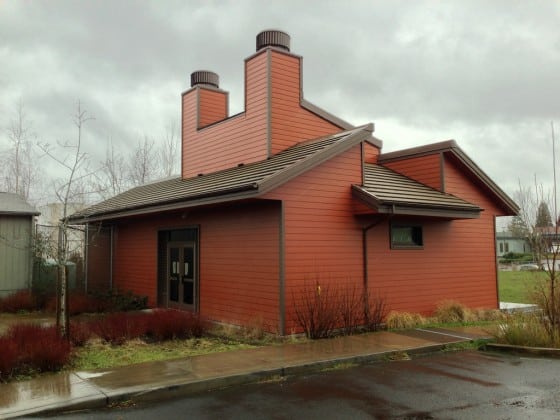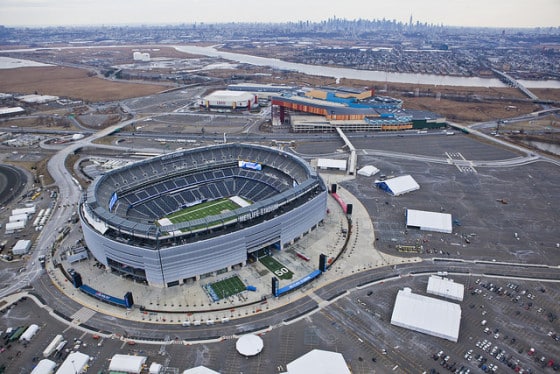
Teaching Sustainability in Schools and to Our Children

To preserve this planet’s existing, natural resources it is essential that we take measures to improve our ability to conserve energy, reduce waste and increase our overall sustainability. When we talk about sustainability, we are referring to the ability to sustain our own needs without putting the needs of our children, grandchildren and future generations in jeopardy. When individuals, groups, businesses and organizations strive to find ways in which their actions can co-exist with nature, without exhausting the Earth’s natural and available resources, they are broaching the topic of sustainability.
A question I’ve seen asked numerous times is “Which generation is more eco-minded: ours or our grandparents?” While there are answers in favor of both generations, it seems as if the subject of sustainability has now come full circle. Sustainability efforts are once again an intrinsic part of our day-to-day lives. Individuals are planting gardens to grow their own food, switching to renewable energy resources, figuring out creative ways to reuse existing products and materials, cutting down on their carbon footprint and more. For many businesses, sustainability is more than just an idea, it is something owners and employees consider to be part and parcel to their future prosperity and success. What about our children? What efforts are being made with future generations to instill the values of living a more sustainable life?
Here are just a few ways the subject of sustainability is being taught in schools and to our children:
- The Ojai Unified School District has been working hard to become a greener school by improving the quality of school lunches with the use of more locally-grown, fresh foods, cutting down on waste and increasing recycling efforts, and implementing other green school initiatives.
- Then there is the Evans-Harvard high performance classroom at Da Vinci Arts Middle School, which is the only Kindergarten through 12th grade building in the nation that has been given LEED Platinum certification. Quite an accomplishment! (A picture of the classroom building can be seen above.)
- Other schools are investing in school gardens, or partnering with the National Farm to School Network, to encourage healthier eating and sustainable food sources.
- Schools in the Kent and Tacoma, Washington school districts have been honored as U.S. Department of Education Green Ribbon award recipients for “their exemplary efforts to reduce environmental impact and utility costs, promote better health and ensure effective environmental education, including civics and green career pathways.“
- It appears the Sonoma County Fair has developed a little bit of a green streak. In amongst the shows, exhibits, food booths and other venues visitors have come to know and love, is the so-called “Greentivities” exhibit. This interactive exhibit is an enjoyable way for kids and adults to get educated on how to make their lives more sustainable.
- Breaking Ground Education Services just wrapped up their Sustainability Summer Camp to teach kids about how their actions can have a direct impact on the environment around them, and what they can do to live more sustainably.
- Even the Boy Scouts of America have introduced a sustainability merit badge.
- In the last few years I’ve done a variety of posts on net-zero energy schools, including Richardsville Elementary, the nation’s first zero energy public school. The architects for that school, Sherman Carter Barnhart (who have 20 LEED accredited professionals on their staff and are members of the U.S. Green Building Council), have also designed more than half of the state of Kentucky’s most energy-efficient schools. To make it easier for schools to achieve net-zero energy in schools, Sherman Carter Barnhart developed a net-zero ready design which will give schools the ability to start small and work their way up to full net-zero status. These schools are also a great resource for educating students on the possibilities available to them.
- The EPA has a variety of resources that schools, teachers and even students themselves, can use to become more educated on how to protect the environment and live more sustainably.

While efforts are being made at schools throughout the U.S. and around the world, parents, teachers and other role models can made broad strides to educate students and children on the benefits of living sustainably, simply by setting a good example themselves. It’s all about walking the talk. What actions do you take to help your children, and/or students, learn about sustainability and protecting their environment?
Image of the sustainable classroom is by Richard Eriksson, and image of the school garden is by Shilad Sen, both via Flickr Creative Commons



Post a comment